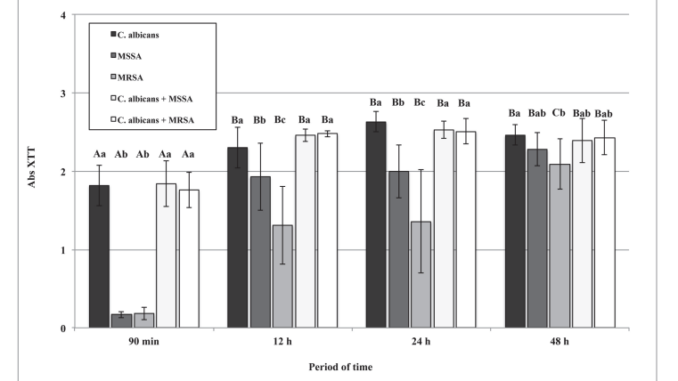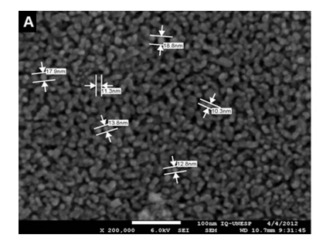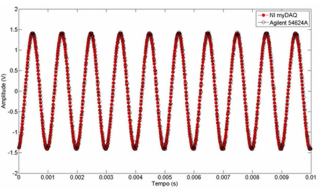
Dynamics of Biofilm Formation and the Interaction between Candida albicans and Methicillin-Susceptible (MSSA) and -Resistant Staphylococcus aureus (MRSA)
Abstract: Polymicrobial biofilms are an understudied and a clinically relevant problem. This study evaluates the interaction between C. albicans, and methicillin-susceptible (MSSA) and resistant (MRSA) S. aureus growing in single-and dual-species biofilms. Single and dual species adhesion (90 min) and biofilms (12, 24, and 48 h) were evaluated by complementary methods: counting colony-forming units (CFU mL(-1)), XTT-reduction, and crystal violet staining (CV). The secretion of hydrolytic enzymes by the 48 h biofilms was also evaluated using fluorimetric kits. Scanning electron microscopy (SEM) was used to assess biofilm structure. The results from quantification assays were compared using two-way ANOVAs with Tukey post-hoc tests, while data from enzymatic activities were analyzed by one-way Welch-ANOVA followed by Games-Howell post hoc test (alpha = 0.05). C. albicans, MSSA and MRSA were able to adhere and to form biofilm in both single or mixed cultures. In general, all microorganisms in both growth conditions showed a gradual increase in the number of cells and metabolic activity over time, reaching peak values between 12 h and 48 h (rho<0.05). C. albicans single-and dual-biofilms had significantly higher total biomass values (rho<0.05) than single biofilms of bacteria. Except for single MRSA biofilms, all microorganisms in both growth conditions secreted proteinase and phospholipase-C. SEM images revealed extensive adherence of bacteria to hyphal elements of C. albicans. C. albicans, MSSA, and MRSA can co-exist in biofilms without antagonism and in an apparent synergistic effect, with bacteria cells preferentially associated to C. albicans hyphal forms.
Author(s): Zago, CE; Silva, S; Sanita, PV; Barbugli, PA; Dias, CMI; Lordello, VB; Vergani, CE
PLOS ONE
Volume: 10 Published: APR 13 2015
DOI: 10.1371/journal.pone.0123206




